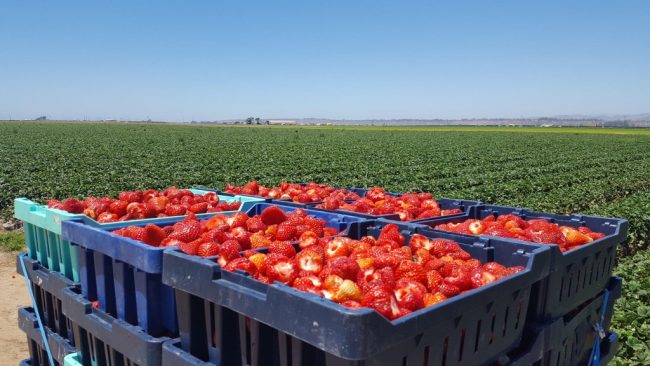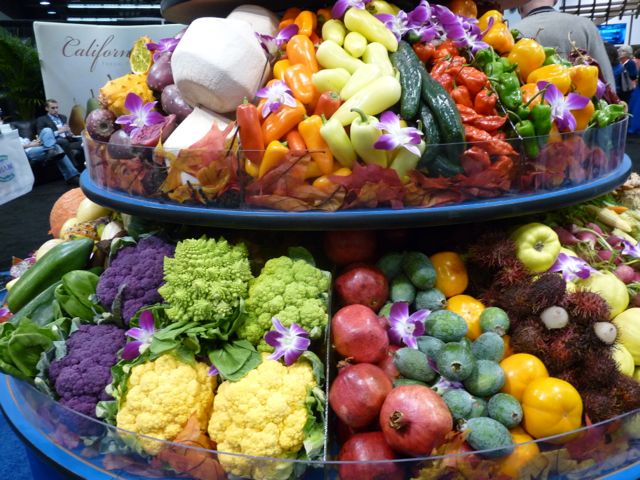“Dirty Dozen” List is UnTrue and Fear Mongering
How Registered Dietitions Can Stop Food Fears Before They Begin Due to the “Dirty Dozen” List
By Elizabeth Shaw, MS RDN, CPT, CLT
Guess what? It’s that time again when media outlets will start covering the release of this year’s “Dirty Dozen” and “Clean Fifteen” produce lists. As a registered dietitian nutritionist in the media, this season is always a busy one.
I must first disclose I am an EOPP (equal opportunity produce pusher), a term I coined after realizing one in every 10 Americans is falling short of meeting their fruit and vegetable intakes. Being someone who has devoted their entire career to ensuring the public feels safe and informed about their food intakes, lists like the “Dirty Dozen” always make me feel like my messaging and the work I’ve strived so hard to do is taking three giant steps backwards.
Thankfully, the Alliance for Food and Farming invited me here today to share with you how we can stop the food fears before they even start!
Let’s rewind first, shall we?
The “Dirty Dozen” is a list produced by the Environmental Working Group (EWG) that is released every spring with claims about produce items and “high” pesticide residues. I won’t repeat exactly what Dr. Carl Winter, toxicologist and professor emeritus, University of California Davis, had to say on the topic in this post here, but I highly encourage you to check it out.
Basically, there is flawed methodology not being conveyed to the consumer when the report is released. When this happens, an immediate fear is embedded into minds, leaving consumers apprehensive to purchase some of their favorite fruits and vegetables (like strawberries and kale, two of last years so-called “dirty” contenders.)
Here’s the deal: the produce picks included in the dirty dozen don’t tell consumers that the actual percentage of pesticide residue left on the items is so negligible, if present at all, that it poses NO POTENITAL RISK to humans, both adults and kids alike.
To me, that is just crazy! Right?
Not only do reports annually confirm the safety of both conventionally and organically produced produce (like the California Department of Pesticide Regulation (DPR) 2018 and the USDA Pesticide Data 2018 Report), but so do organizations like the Environmental Protection Agency (EPA.)
And, for those who are still uneasy and need more proof, the Alliance has a robust, state-of-the-art Pesticide Residue Calculator that allows consumers to identify the number of servings they would have to consume for their gender and age group each day to remotely come close to having pesticide levels present to pose a concern.
For reference, as an adult female myself, I would have to consume 453 servings of strawberries to be a concern! My daughter, a young toddler, would have to consume 180 servings! While she is a strawberry addict, it’s hard to ever imagine she would get close to meeting that number of servings in a month, yet alone a day.
As much as we know produce is safe to consume and the above studies are valid and based upon peer-reviewed resources, it’s inevitable the fear messaging will come out rampant with the “Dirty Dozen” release.
To jump ahead three steps, I’m here to show you how you can actively use messaging to support produce consumption (both organic and conventional) and ease the minds of your followers as well as consumers at large that ALL produce IS safe to enjoy!






















